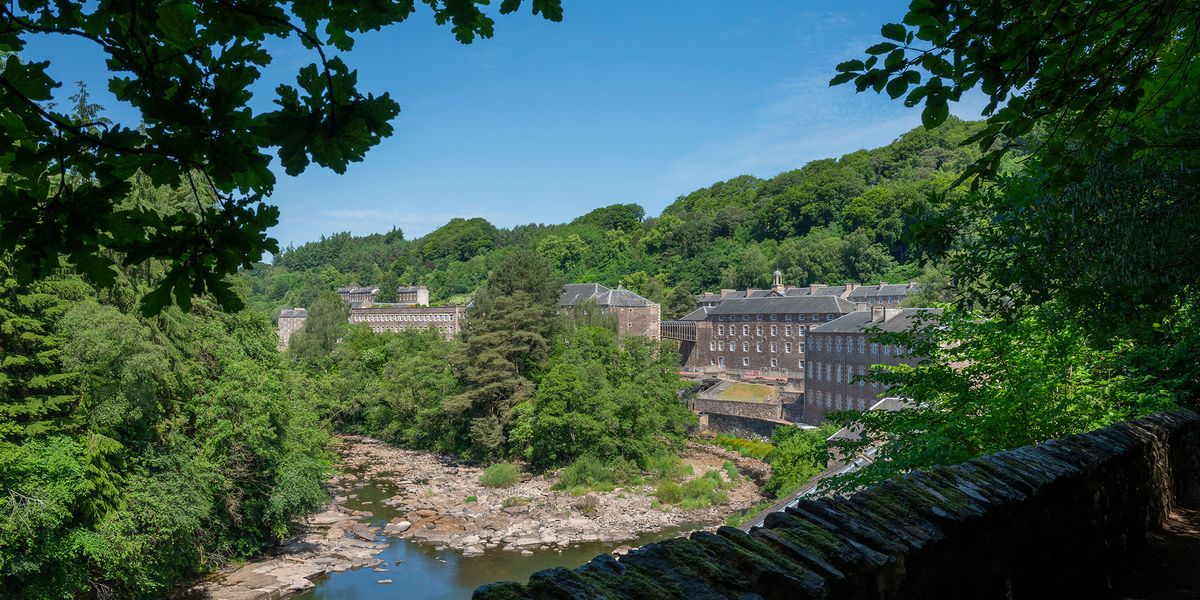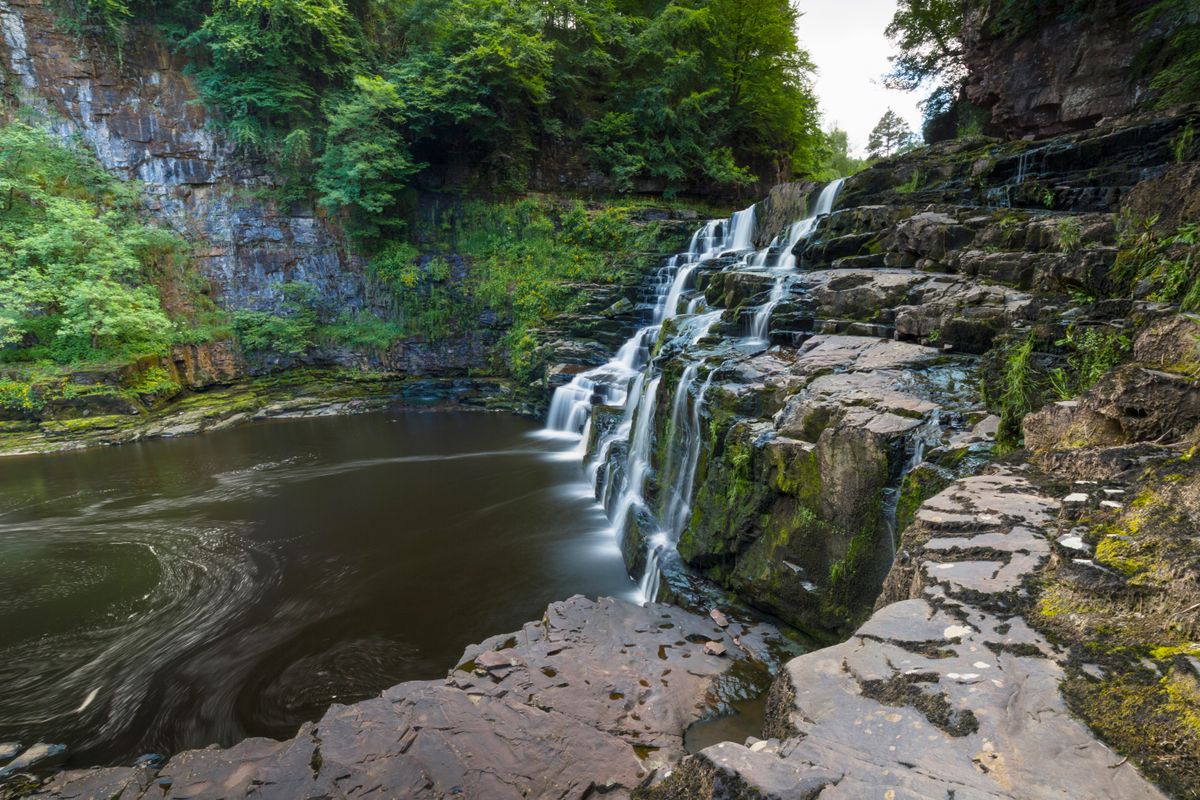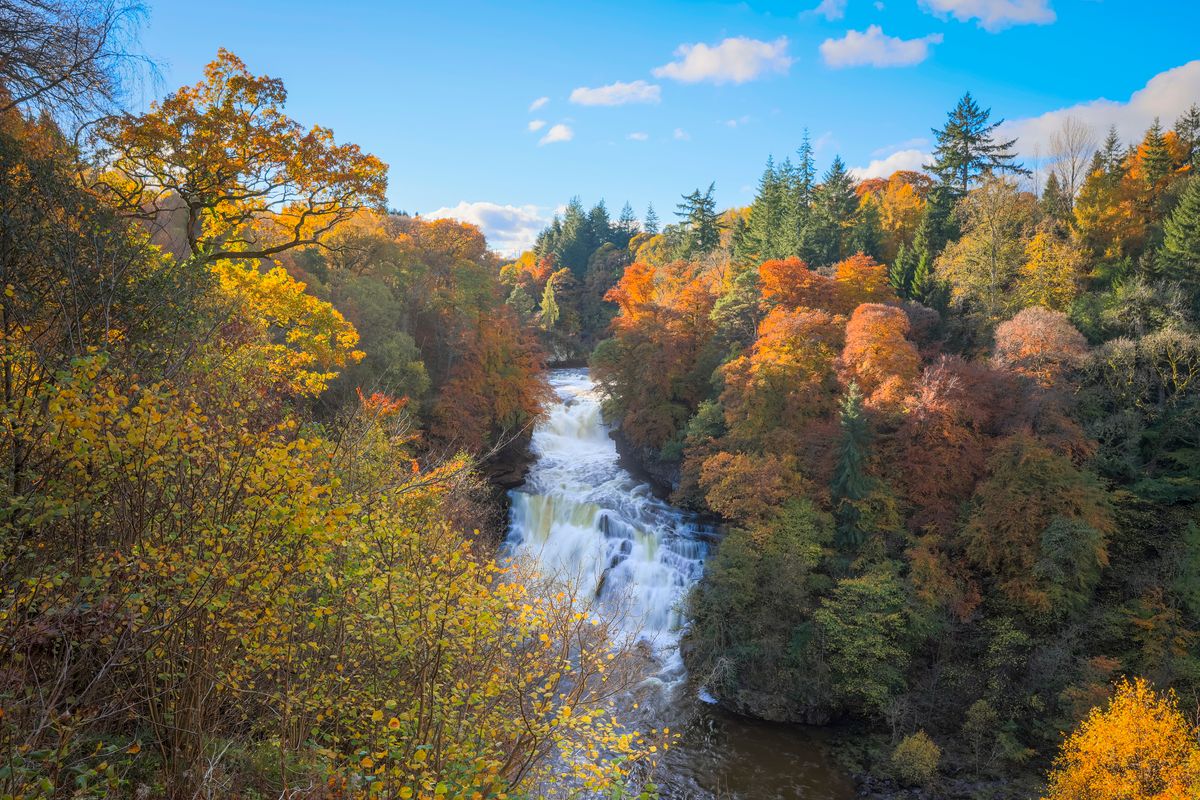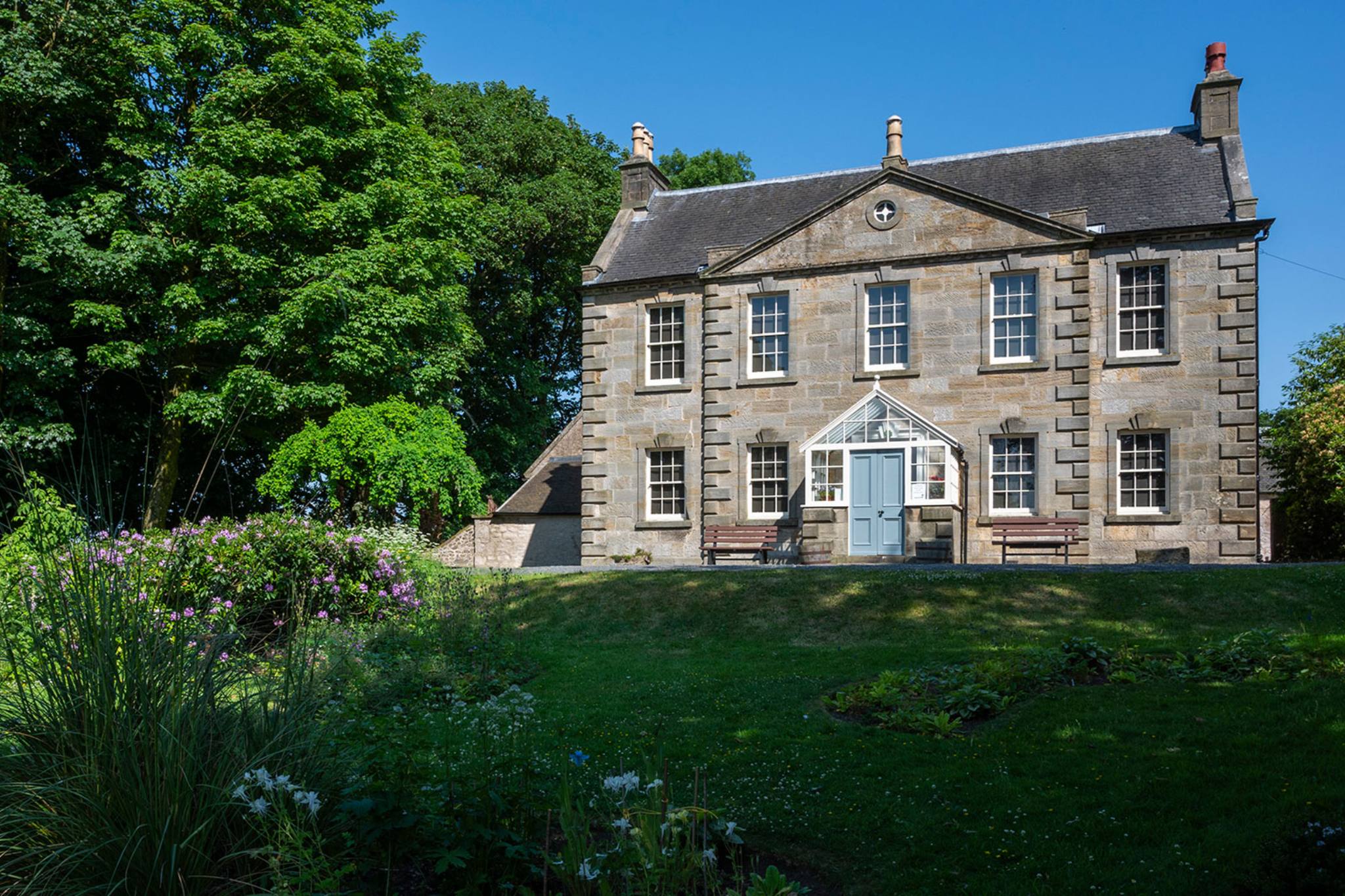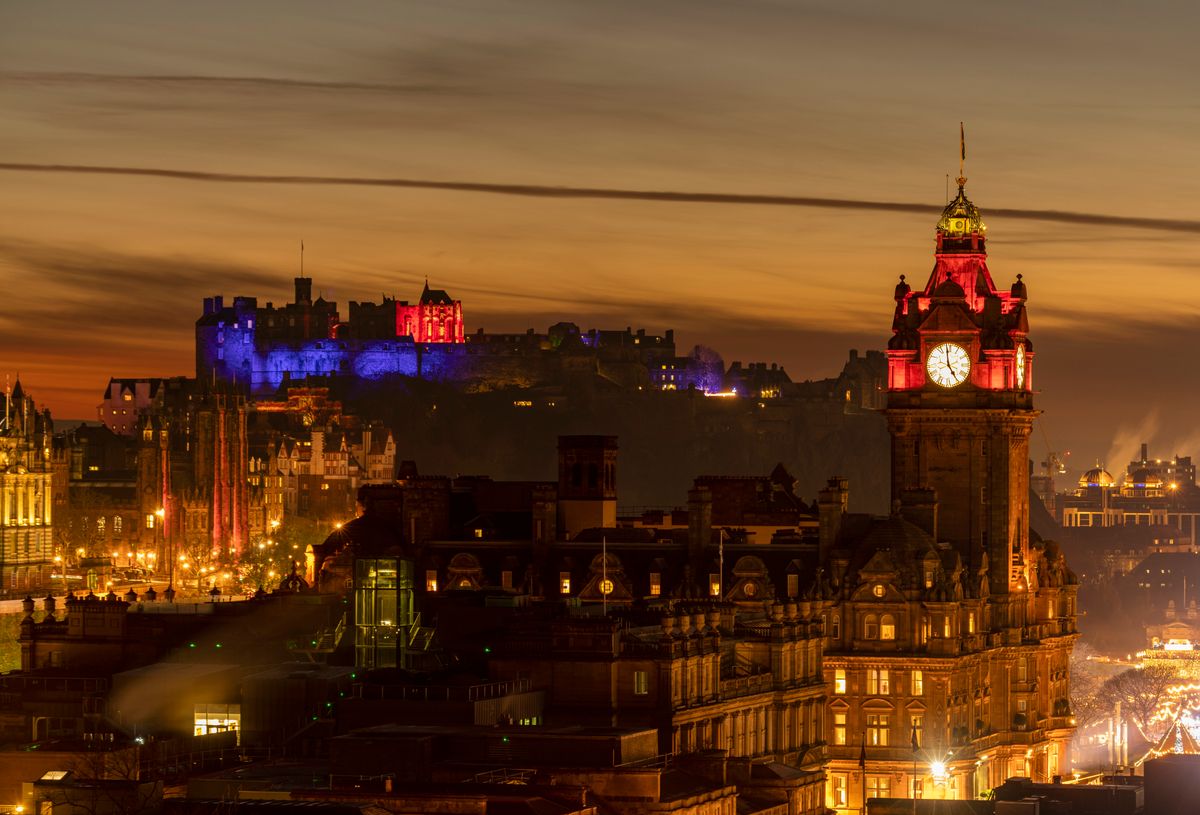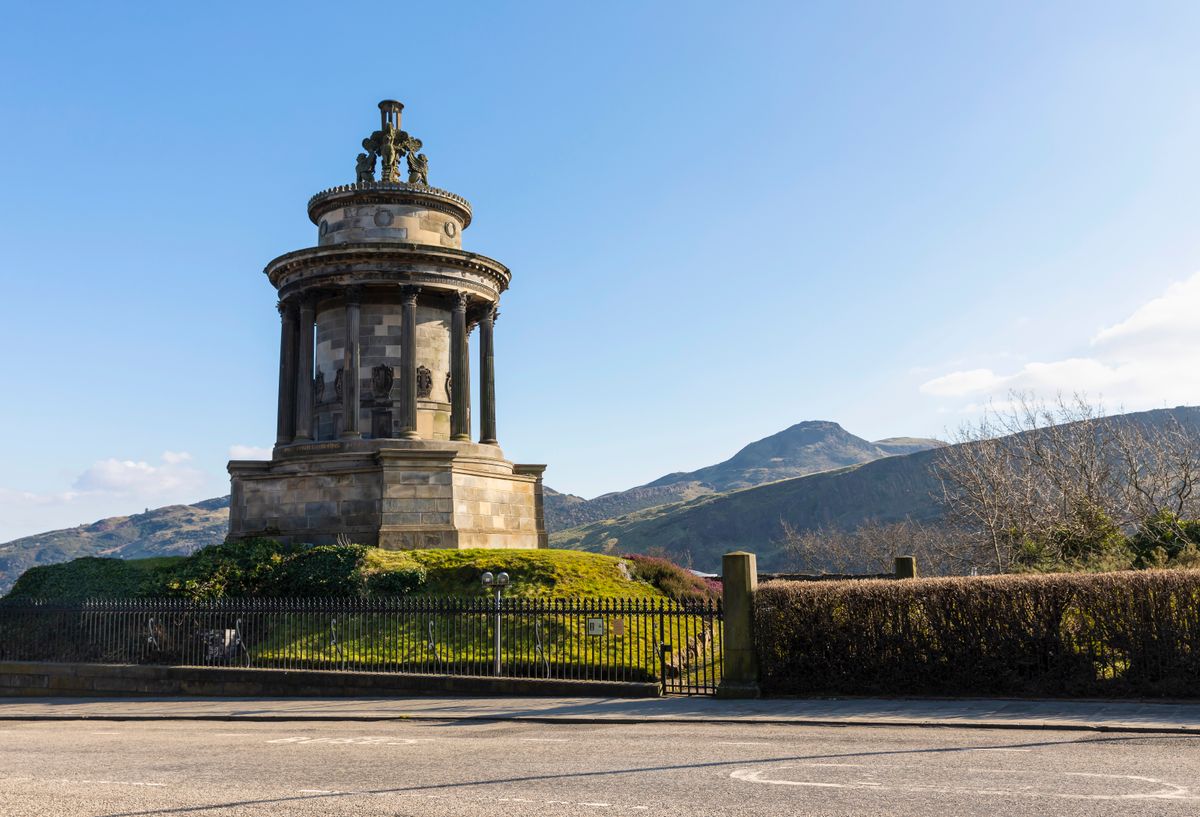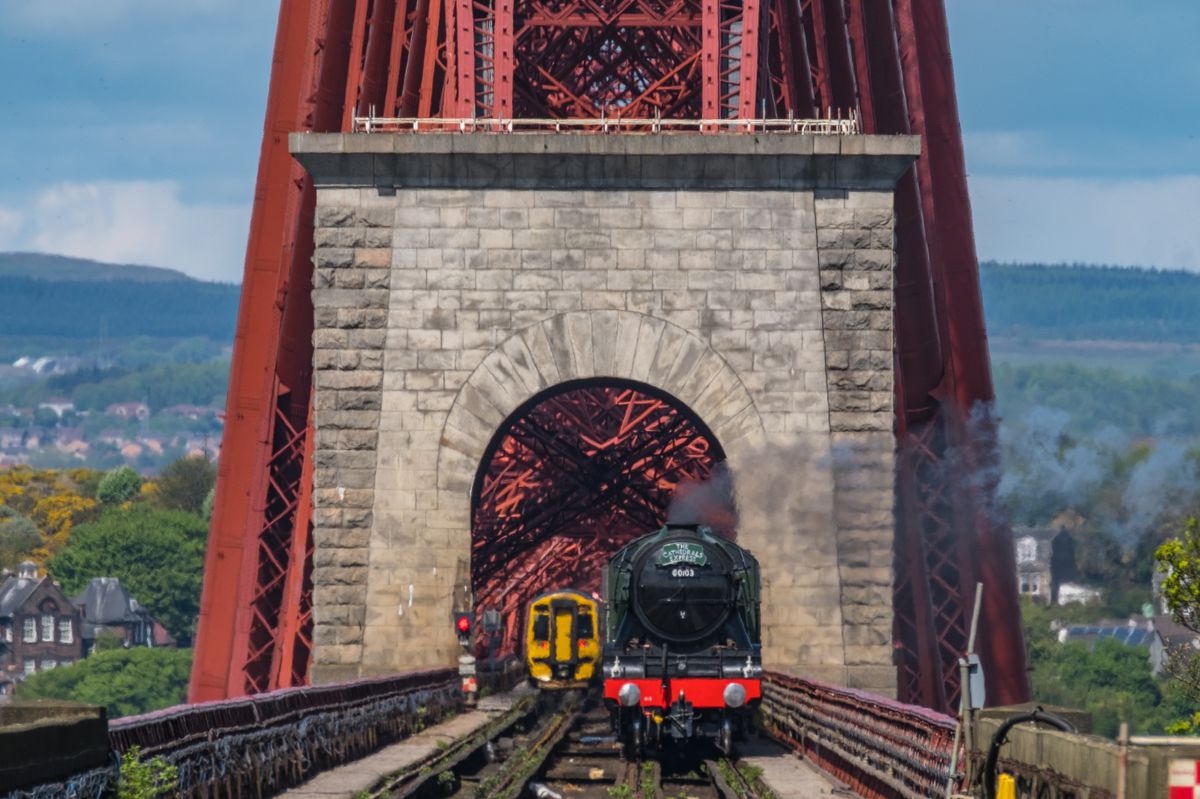
Gesponnen garen in het New Lanark Visitor Centre, New Lanark
Tijdlijn en eigenaren
De katoenfabriek New Lanark werd in 1786 door David Dale, een bankier en ondernemer uit Glasgow, en Richard Arkwright, uitvinder en pionier op het gebied van industriële katoenspinnerij, opgericht. De samenwerking eindigde een jaar later waarna David Dale de fabriek voor meer dan 15 jaar leidde voor zijn schoonzoon Robert Owen het voor de volgende 25 jaar overnam.
De katoenfabriek is twee eeuwen lang in bedrijf geweest, tot 1968, en was ooit de grootste industriële fabriek ter wereld. Het werd een wereldberoemd voorbeeld van hoe de ideale werk- en leefomgeving voor arbeiders en hun gezinnen eruit zou kunnen zien.
"De samenleving kan zo worden opgezet dat er geen misdaad is, geen armoede, dat de gezondheid veel beter is, dat er weinig of geen ellende is en dat de intelligentie en het geluk honderd keer zo groot zijn..." - Robert Owen
Internationaal belang
Owen voerde allerlei veranderingen door op het werk, in de samenleving en in het onderwijs, wat leidde tot het idee van New Lanark als een ideale gemeenschap. Tegenwoordig is New Lanark een bijzonder voorbeeld van een speciaal gebouwd 18e-eeuws fabrieksdorp. Dankzij een bijna een halve eeuw durend proces van behoud en renovatie ziet het dorp er nu nog bijna hetzelfde uit als in het begin van de 19e eeuw.
Sinds de jaren 80 maakt New Lanark wollen garen van schapenwol die ze zelf spinnen in de fabriek. Dit proces draait op groene stroom van een kleine waterkrachtcentrale die genoeg stroom levert voor de hele fabriek. Bezoek deze bekroonde attractie en zie hoe dit vooruitstrevende verhaal tot leven komt in de gebouwen, tentoonstellingen en attracties.
